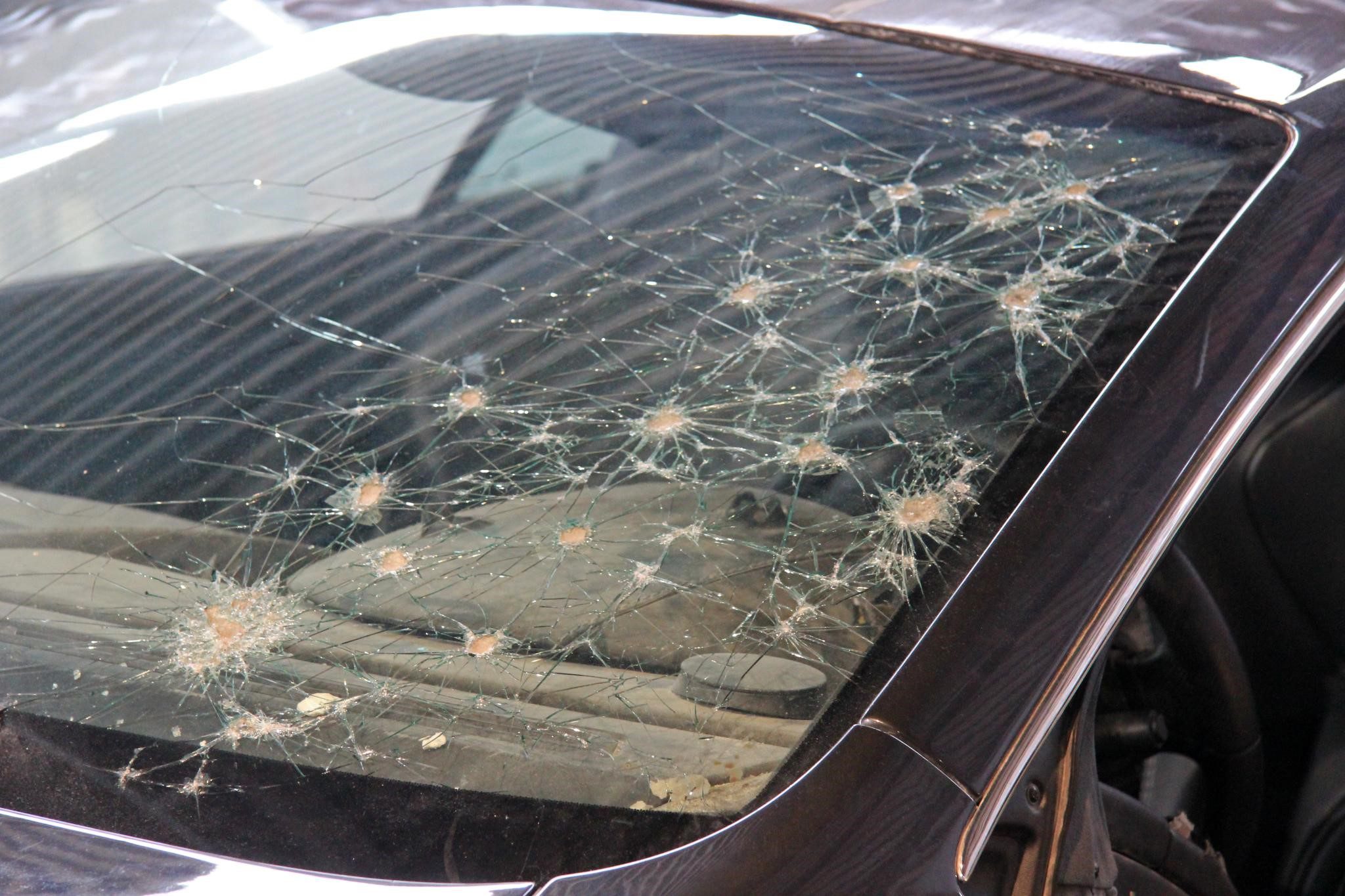A car’s windshield plays several critical roles. Besides protecting you from the wind and harsh weather elements, it aids in maintaining vehicle integrity and can prevent or lessen injury in case of an accident. Although designed to withstand great pressures, windshields aren’t entirely immune to damage, requiring timely and adequate repairs. This might include fixing broken auto glass.
This document offers an in-depth guide to mastering the art of windshield repair.
Understanding Windshield Construction and Purpose
A windshield is a vital safety component of a vehicle. It is a laminate structure, typically composed of two pieces of glass bonded together with a thin interlayer of clear plastic either Polyvinyl Butyral (PVB) or Ethylene-Vinyl Acetate (EVA). This design helps the windshield remain intact in case of an impact, minimizing injuries for vehicle occupants.
Recognizing Types of Windshield Damage
The most common types of windshield damage include bullseye, partial bullseye, star break, and crack chips/spiderweb. Their difference comes from the manner in which the impact spreads on the glass.
When to Replace or Repair the Windshield
The rule of thumb is that smaller cracks or chips in non-critical areas can be repaired while extensive damage requires complete windshield replacement. The drivers visibility should not be compromised under any circumstances.
Windshield Repair Tools and Supplies
Proper tools are crucial for a successful windshield repair job. Requisite supplies include a repair resin, bridge apparatus, razor blades, suction cup plunger, resin chamber, curing film strips, UV light source, and a probe tool.
The Windshield Repair Process
The repair process involves cleaning/inspecting, preparing, injecting the resin, and curing. Care should be taken while performing these steps to achieve the best results.
Windshield Repair Safety Precautions
Safety should always be a priority when dealing with glass. Use personal protective equipment, work in a safe environment, and practice careful handling of tools and materials.
Post-Repair Best Practices
After successful repairs, care should be taken to maintain the windshields condition. Avoid forceful contact with the repair area and excessive heat or cold exposure.
Achieving Mastery in Windshield Repair
Mastery comes with knowledge, practice, patience, and dedication. Keep learning about new techniques and tools in the industry to stay abreast. Practice regularly on broken glass to perfect your skill.
In Conclusion
Gaining proficiency in windshield repair brings benefits beyond just personal savings. It opens up the potential for entrepreneurship, allowing you to start a lucrative business providing essential services. Armed with the knowledge and tips detailed in this guide, you can approach windshield repairs with increased confidence and competence. Remember that every successful repair contributes to safer roads for everyone. A well-repaired windshield ensures optimal visibility, reducing the risk of accidents and enhancing overall road safety. By mastering these skills, you not only protect the integrity of the vehicle but also safeguard the lives of drivers and passengers. Whether you choose to pursue a career in windshield repair or simply handle repairs for your own vehicle, your newly acquired expertise has the power to make a positive impact on road safety. Gain the skills, save costs, and promote safer journeys for all.





























